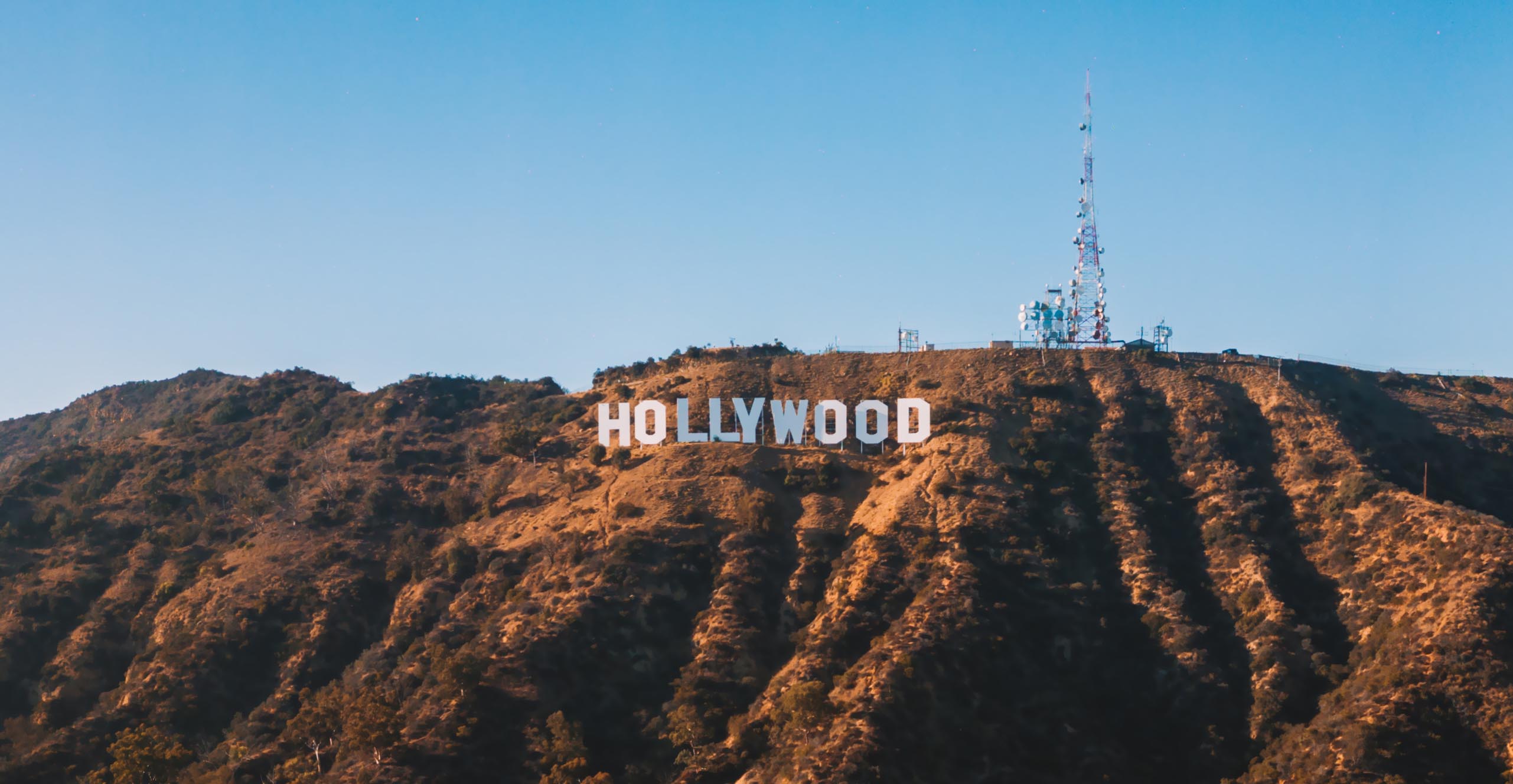Bridging Worlds: Iranian Americans Making Their Mark in Hollywood

By Brian McKay
Hollywood has always been a melting pot of dreams — a place where stories cross borders and identities intertwine. Among the many communities that have helped shape this creative landscape, Iranian Americans stand out for their ability to bridge cultures while redefining what it means to belong in the American entertainment industry.
From Oscar nominees and television icons to groundbreaking directors and comedians, these artists have transformed how Persian culture is seen on screen — proving that storytelling, when rooted in authenticity, transcends politics and prejudice.
The Trailblazers: Shohreh Aghdashloo and the Power of Presence
Few Iranian American artists have had as profound an impact on Hollywood as Shohreh Aghdashloo. With her deep, resonant voice and regal grace, Aghdashloo has become one of the most respected actresses in the business.
Her Academy Award–nominated performance in House of Sand and Fog brought global attention to the emotional depth and complexity of Iranian diasporic experiences. Later, as a leading character in the sci-fi series The Expanse, she continued to command the screen — embodying strength, intellect, and authority in ways that shattered long-held stereotypes of Middle Eastern women.
Beyond her roles, Aghdashloo’s journey — from Tehran’s theater stages to Hollywood’s red carpets — mirrors the path of many Iranian immigrants: marked by displacement, perseverance, and an unyielding pursuit of purpose.
The Voice of Laughter: Maz Jobrani and the Comedy of Connection
If Aghdashloo commands through drama, Maz Jobrani disarms through humor. The actor and comedian rose to fame as a founding member of the Axis of Evil Comedy Tour, which tackled post-9/11 prejudice with wit and humanity.
Jobrani’s comedy is as much about bridging cultural divides as it is about laughter. Whether on stage, in films like The Interpreter, or in his Netflix special Immigrant, he challenges audiences to see Iranian Americans — and immigrants more broadly — as complex, funny, and relatable human beings.
“Comedy allows people to let their guard down,” he often says. “That’s when real connection begins.” In a divided world, Jobrani’s humor has become a gentle form of diplomacy.
Behind the Camera: Directors Redefining the Narrative
Iranian American filmmakers are increasingly reshaping the stories Hollywood tells. Ana Lily Amirpour, for example, burst onto the independent scene with her haunting debut A Girl Walks Home Alone at Night — a Persian-language vampire western that critics hailed as both feminist and genre-defying. Her later works, like The Bad Batch, further cemented her reputation for bold, unconventional storytelling.
Likewise, Maryam Keshavarz, whose films Circumstance and The Persian Version explore identity, sexuality, and family through the lens of the Iranian diaspora, has won acclaim at Sundance and beyond. Her stories, often autobiographical, offer a rare and intimate look into what it means to grow up between two worlds.
Both filmmakers demonstrate how Iranian Americans are broadening the narrative of what “Middle Eastern cinema” can look like — complex, universal, and deeply personal.
New Faces, New Stories: Rising Stars and Industry Voices
A new generation of Iranian American actors and creators is now stepping into the spotlight. Nazanin Boniadi, known for roles in Homeland, The Lord of the Rings: The Rings of Power, and her activism for human rights in Iran, represents a new kind of Hollywood figure — one unafraid to merge artistry with advocacy.
Necar Zadegan, celebrated for her performances in 24 and Girlfriends’ Guide to Divorce, continues to showcase the diversity of Iranian American identity on screen, playing characters that are sharp, ambitious, and unapologetically multidimensional.
Meanwhile, writers and producers of Iranian heritage are beginning to leave their mark behind the scenes — shaping narratives that reflect the hybrid realities of immigrant life.
Cultural Ambassadors in a Changing Industry
For many Iranian Americans in Hollywood, representation is more than just visibility — it’s a responsibility. They carry with them a dual heritage: a love for Persian culture and a belief in the ideals of artistic freedom that define American creativity.
Their success, however, hasn’t come easily. For decades, Iranian and Middle Eastern actors were often confined to stereotypical roles — villains, refugees, or nameless extras. The current wave of Iranian American talent is changing that narrative, offering audiences characters defined not by nationality but by humanity.
Through film, television, and comedy, these artists are telling stories that celebrate complexity — stories of migration, resilience, and reinvention that resonate far beyond the Iranian community.
From Tehran to Tinseltown: A Shared Dream
Many Iranian Americans who now grace Hollywood’s stages and screens came — or were raised by parents who came — to the U.S. after the 1979 Iranian Revolution. They brought with them a rich cultural heritage steeped in poetry, cinema, and storytelling.
That fusion of Persian artistry and American opportunity has proven to be a creative goldmine. Whether it’s Aghdashloo’s commanding performances, Amirpour’s visionary direction, or Jobrani’s cross-cultural humor, their work speaks to a shared belief: that art can bridge divides where politics cannot.
More Than Representation: A Broader Cultural Dialogue
The rise of Iranian Americans in Hollywood reflects something larger — a cultural dialogue between two nations that often see each other through the lens of conflict. On screen, however, these artists remind audiences of shared humanity, humor, and heart.
Their stories are not just about Iran or America; they are about belonging, transformation, and the universal quest to be seen. In that sense, Iranian Americans are not only enriching Hollywood — they’re helping redefine what the American Dream looks like in the 21st century.
A Legacy of Light
From Shohreh Aghdashloo’s powerful portrayals to Maz Jobrani’s humor, from Ana Lily Amirpour’s visionary filmmaking to Nazanin Boniadi’s activism, Iranian Americans in Hollywood are proving that identity is not a limitation but a source of strength.
They are storytellers, bridge builders, and dreamers — each illuminating a path that connects their Persian roots to the vast canvas of American culture.
And as Hollywood continues to evolve, their voices remind us of a timeless truth: the most powerful stories are those that cross borders, defy stereotypes, and dare to imagine a world where everyone belongs.

